PHC Matters
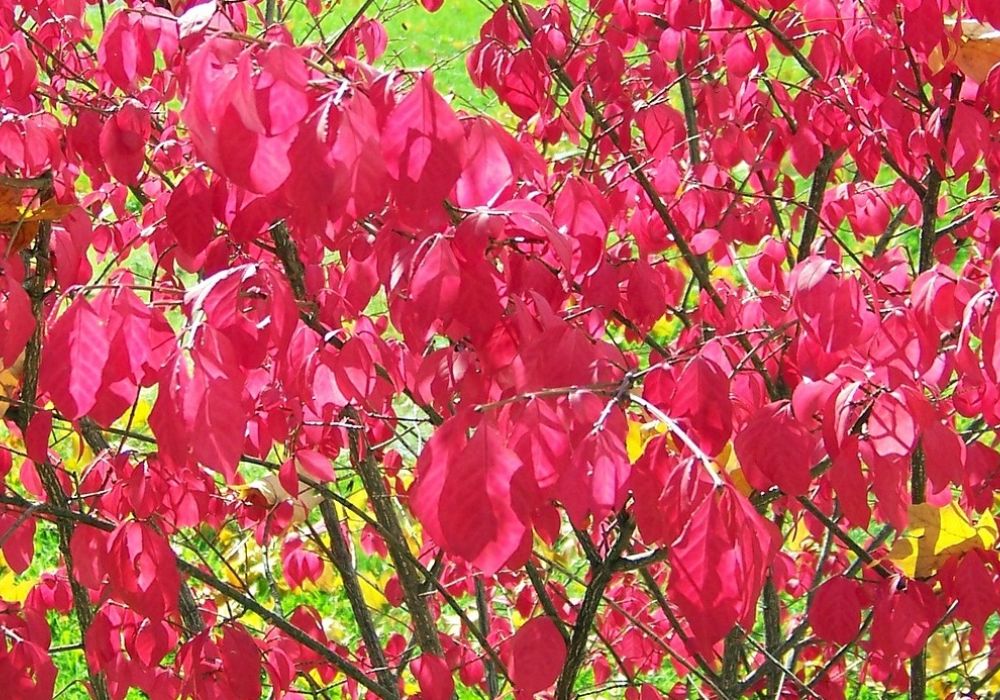
Burning Bush Invasive Plant
POSTED ON: BY: Burkholder PHC
In previous articles we have been discussing invasive species and plants. One example we mentioned is burning bush. Burning bush (Euonymus alatus) is a species of flowering plant native to central and northern China, Japan, and Korea. The plant is popular in landscapes for vibrant red foliage during the fall. However, burning bush is an invasive plant species that Penns…
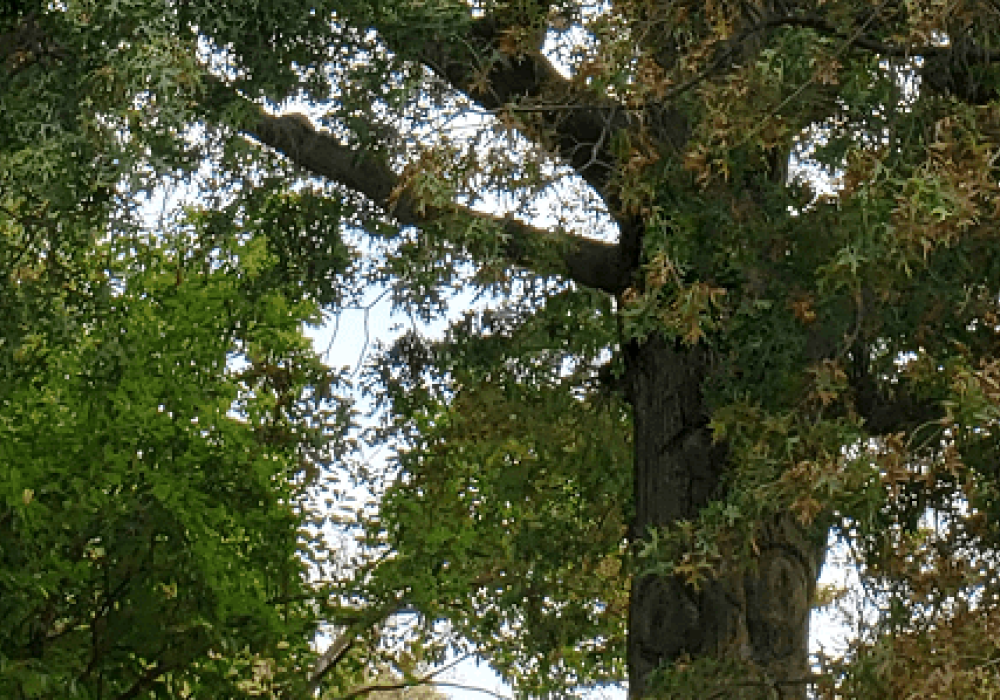
Bacterial Leaf Scorch
POSTED ON: BY: Burkholder PHC
Bacterial leaf scorch (BLS) is a systemic bacterial infection treated via cultural management practices. Eastern Pennsylvania residents have been dealing with this disease for decades. BLS is widespread in Pennsylvania on pin oaks and red oaks, is known to be spreading toward the state’s western region.
Learn About Seasonal Plant Issues
Cause & Spread
BLS is…

Introduction to Invasive Plants
POSTED ON: BY: Burkholder PHC
We have discussed invasive species in general as well as some invasive plants, and today we will explore invasive plants in more detail. In future articles, we will examine specific examples of invasive plants in Pennsylvania. Four plants are being phased out of nurseries and will no longer be allowed to be planted. Japanese Barberry and burning bush were phased out at…
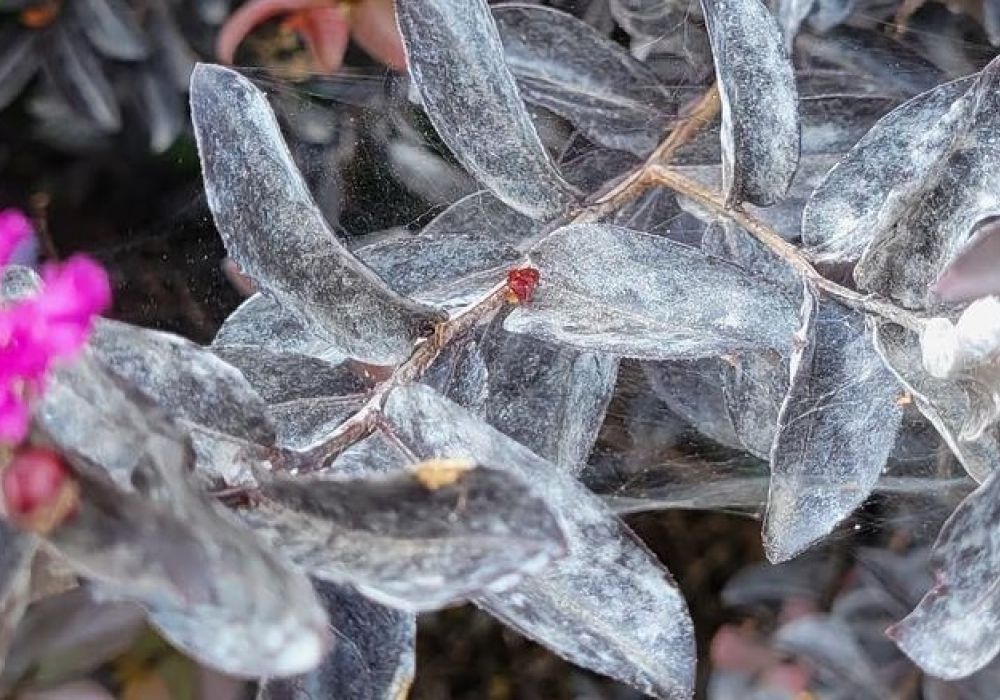
Protect Your Plants from Powdery Mildew
POSTED ON: BY: Burkholder PHC
As a plant health care company, our responsibility is to bring urgent matters concerning the health of your plants to your attention. One potential threat to your thriving landscapes comes from a plant pathogen known as Powdery Mildew. This plant disease compromises your plants’ vitality by attacking the leaf surface. Today, we provide information about their identifyin…
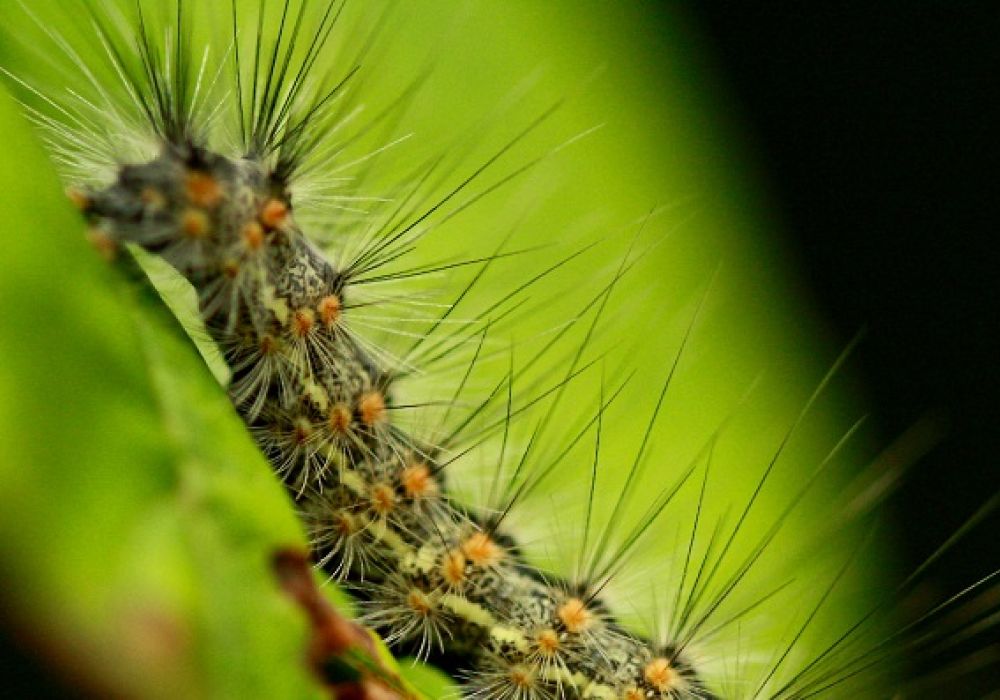
Introduction to Fall Webworm
POSTED ON: BY: Burkholder PHC
Some insects challenge the health and longevity of our cherished landscape plants and one such pest is the Fall Webworm (Hyphantria cunea). This moth is native to North America and causes significant defoliation and stress to around 90 deciduous tree species, including birch, hickory and walnut. Today we will discuss the physical characteristics, complex life cycle, dam…
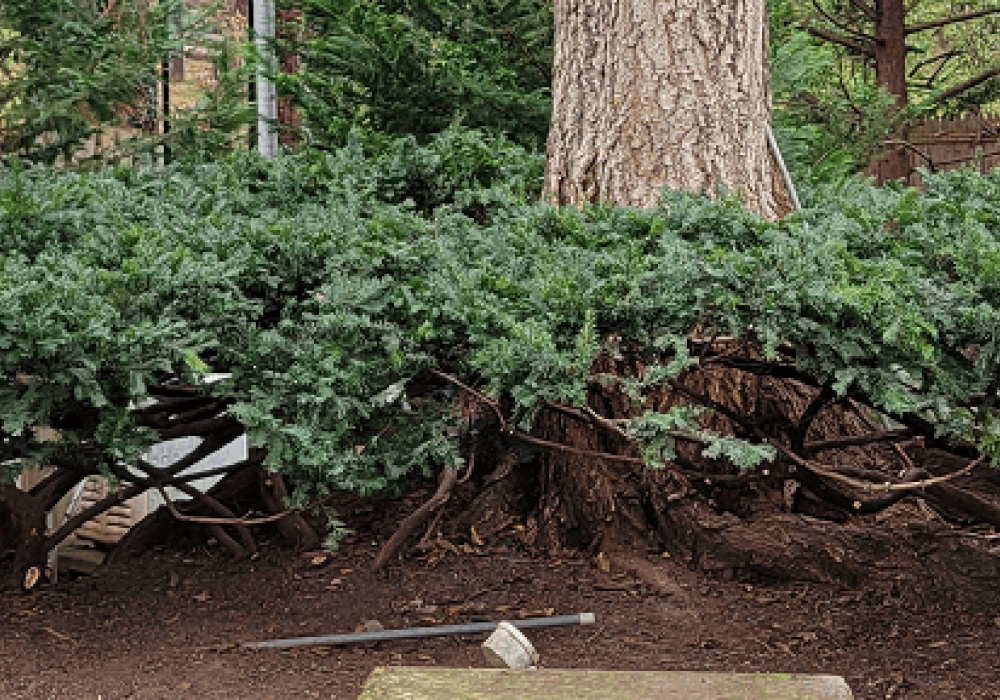
The Importance of Corrective Pruning and Structural Pruning
POSTED ON: BY: Burkholder PHC
As plant health care experts and certified arborists, we provide homeowners with knowledgeable expert care services for their plants and trees. One aspect of our work requires a clear understanding of pruning practices: corrective pruning and structural pruning. Pruning is a crucial aspect of plant health care because it helps to control plants’ growth and maintain thei…
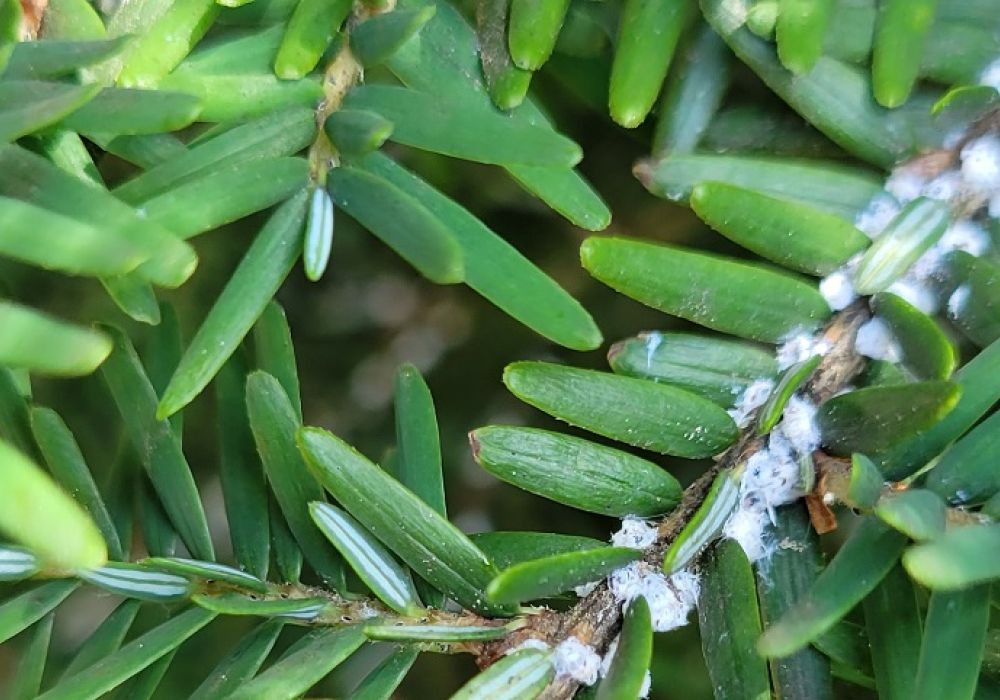
The Hemlock Woolly Adelgid: Spotlight on an Invasive Species of Pennsylvania
POSTED ON: BY: Burkholder PHC
In the fourth installment of our series on invasive species of insects, we will discuss the hemlock woolly adelgid. The hemlock woolly adelgid (HWA, or adelges tsugae) is a tiny, sap-sucking insect native to East Asia. Recognized as an invasive species in the United States, the pest has been identified in multiple states and was found in Pennsylvania in the late 1960s…
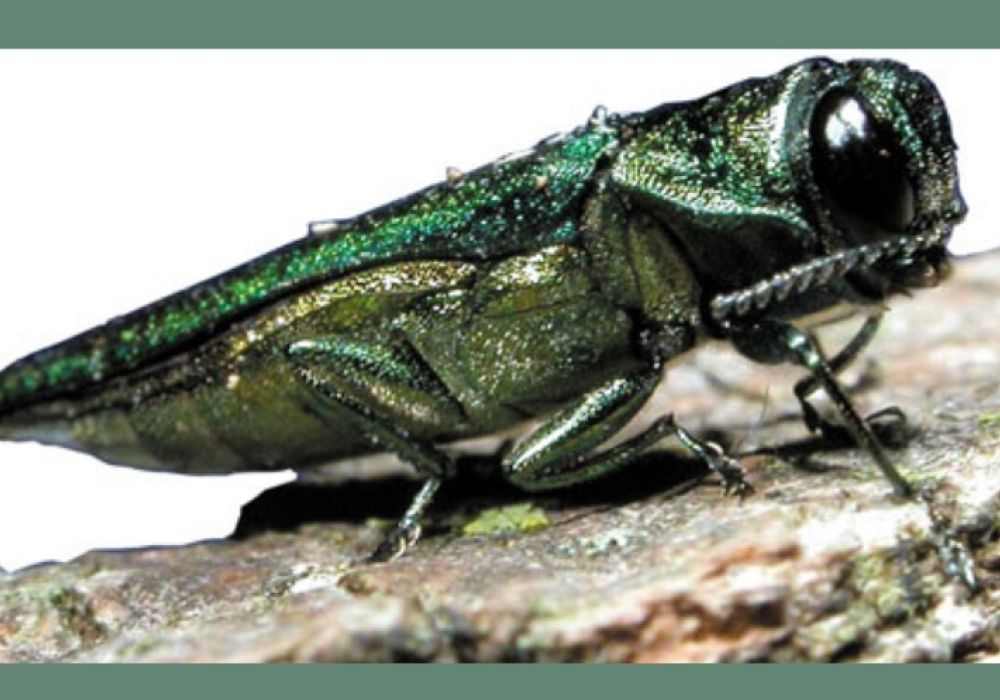
Emerald Ash Borer: A Threat to Pennsylvania’s Ash Trees
POSTED ON: BY: Burkholder PHC
In this third installment of our series on invasive species of insects, we will discuss the emerald ash borer (EAB). This invasive woodboring beetle has wreaked havoc on ash tree populations in Pennsylvania and other states in the United States and other regions in North America. As a homeowner, you should understand the impact of this invasive pest. Below, we discuss t…
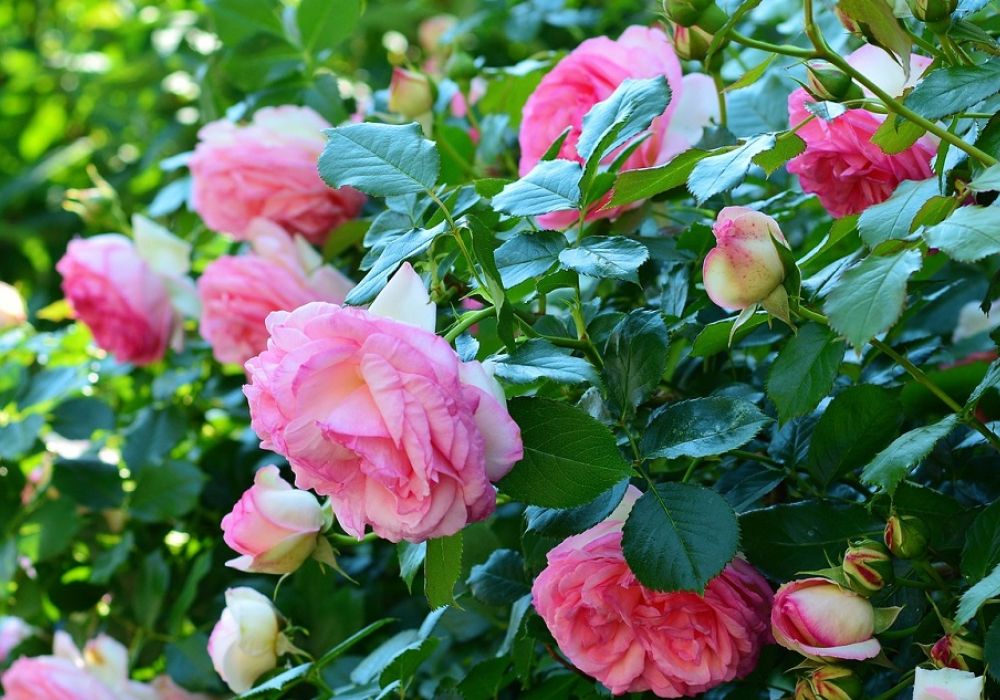
Plant Health Care Issues for Roses
POSTED ON: BY: Burkholder PHC
Roses are a popular plant choice for homeowners, representing beauty and elegance, gracing gardens and landscapes with vibrant colors and rich fragrances. However, these delicate flowers are also susceptible to various types of disease and pests that can compromise their health and appearance. We have treated rose plants at multiple residences this season, and below we…

